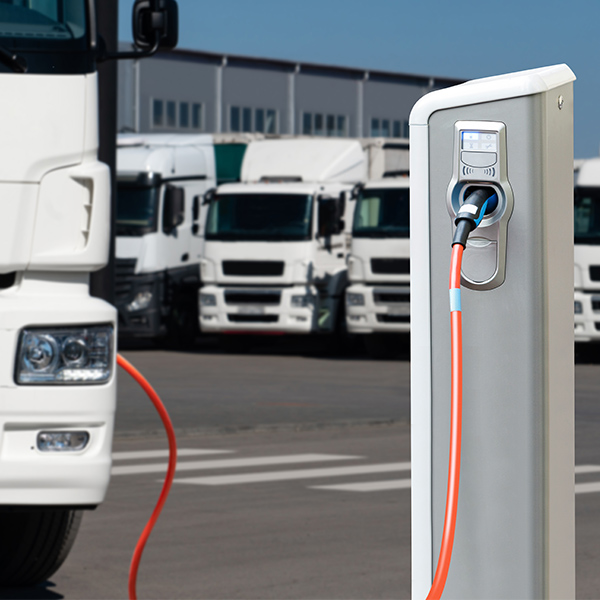Private investors have poured an additional $500 million into a Seattle-area company that believes the fusion reactor it’s developing can achieve net electricity generation by 2024.
Currently, fusion reactors use more energy than they produce. “Net electricity generation” is the Holy Grail of fusion — a reactor producing more electricity than it takes in.
Redmond, Wash.-based Helion Energy is one of at least 10 ventures worldwide that are trying to develop a commercially viable fusion reactor to produce electricity. In July, Helion Energy broke ground in nearby Everett on a 154,000 square-foot research and manufacturing facility to be completed in early 2022. (See Wash. Company Scales up Fusion Energy Efforts.)
A year ago, Helion’s prototype reactor produced a temperature of 100 million degrees Celsius for a fraction of a second, a threshold scientists believe is needed for practical fusion power. While government and academic fusion ventures have hit that benchmark, Helion is the first private operation to do so.
Many fusion reactor projects call for a steady maintenance of the 100-million-degree Celsius threshold. Helion’s approach works somewhat like pistons in an engine — producing 100-million-degree temperatures in pulses. Helion’s sixth-generation reactor can produce a nanosecond pulse once every 10 minutes. The company is aiming to produce a nanosecond pulse every second.
Helion was founded by CEO David Kirtley, CTO Chris Pihl and Principal Scientist George Votroubek. Last year, the company picked up $40 million in funding. Its main investors include billionaire Dustin Moskovitz, a co-founder of Facebook; Reid Hoffman, a co-founder of LinkedIn; the U.S. Department of Energy; Capricorn Investment Group; and Mithril Capital Management.
The latest $500 million round of financing comes from existing investors, including Sam Altman, CEO of the artificial intelligence research firm OpenAI, Moskovitz, Mithril and Capricorn.
“The $500 million already raised fully funds Helion to reach the 2024 target on achieving net electricity from Polaris [the name of the seventh-generation fusion reactor to be developed],” Helion spokesman Isaac Steinmetz told NetZero Insider in an email.
In a recent blog post, Altman wrote: “With a tiny fraction of the money spent on other fusion efforts but the culture of a startup, [Helion] and their team have built a generator that produces electricity. Helion has a clear path to net electricity by 2024 and has a long-term goal of delivering electricity for 1 cent per kilowatt-hour. If this all works as we hope, we may have a path out of the climate crisis.”
If Helion hits that 2024 target, its investors will provide an additional $1.7 billion.
Getting the Pulse Right
Helion, General Fusion and Tri-Alpha Energy (now TAE Technologies) all said years ago that they would have practical fusion by 2019 or 2020, and none have hit those targets.
In his email, Steinmetz wrote that it normally takes two to three years to upgrade a fusion reactor prototype from one generation to the next. The sixth-generation prototype can produce the commercially relevant fusion conditions.
“With Polaris, it’s a matter of engineering to scale the pulsed, non-ignition method for this proven fusion capability up to the [one nanosecond pulse per second] frequency that creates net electricity generation,” Steinmetz said.
“There will always be unanticipated technical challenges and risks that come up in our pursuit of net electricity by 2024,” Steinmetz said. “The biggest challenge our team faces now is increasing our pulse rep rate from one pulse every 10 minutes, to one pulse per second. However, we’re confident that we have the groundwork in place from all past iterations of Helion’s fusion generator to hit our target.”
A fusion reactor ideally will be smaller, cheaper and safer than the huge fission power reactors that currently dot the world, but so far no one has been able to create nuclear fusion outside of a hydrogen bomb, in which nuclear fission sparks the explosion that leads to fusion. Nuclear fusion occurs naturally in our sun and the stars.
Fusion slams together the cores of two atoms to create the core of one new atom. In today’s fusion efforts, the cores of two hydrogen atoms are crunched to create a new helium atom, with the resulting energy being eyed to create electricity. The hydrogen atoms are actually deuterium, an isotope of hydrogen that includes a neutron.
Fusion is supposed to be dramatically cheaper than fission reactors because of the relatively small amount of deuterium needed as opposed to the processed uranium fuel used for fission. Water is cheaper compared with uranium, and the waste disposal problem is tiny compared with trying to find places to put used nuclear waste and spent fuel rods.
Fusion has existed on the drawing board since the 1920s, but it has been missing the right temperatures, the right atomic cores, the right slamming speeds, the right conditions of the plasmas to envelope the colliding atom cores, the right oscillating magnetic fields enclosing the reaction, the right balance of these forces, and other necessary factors.


